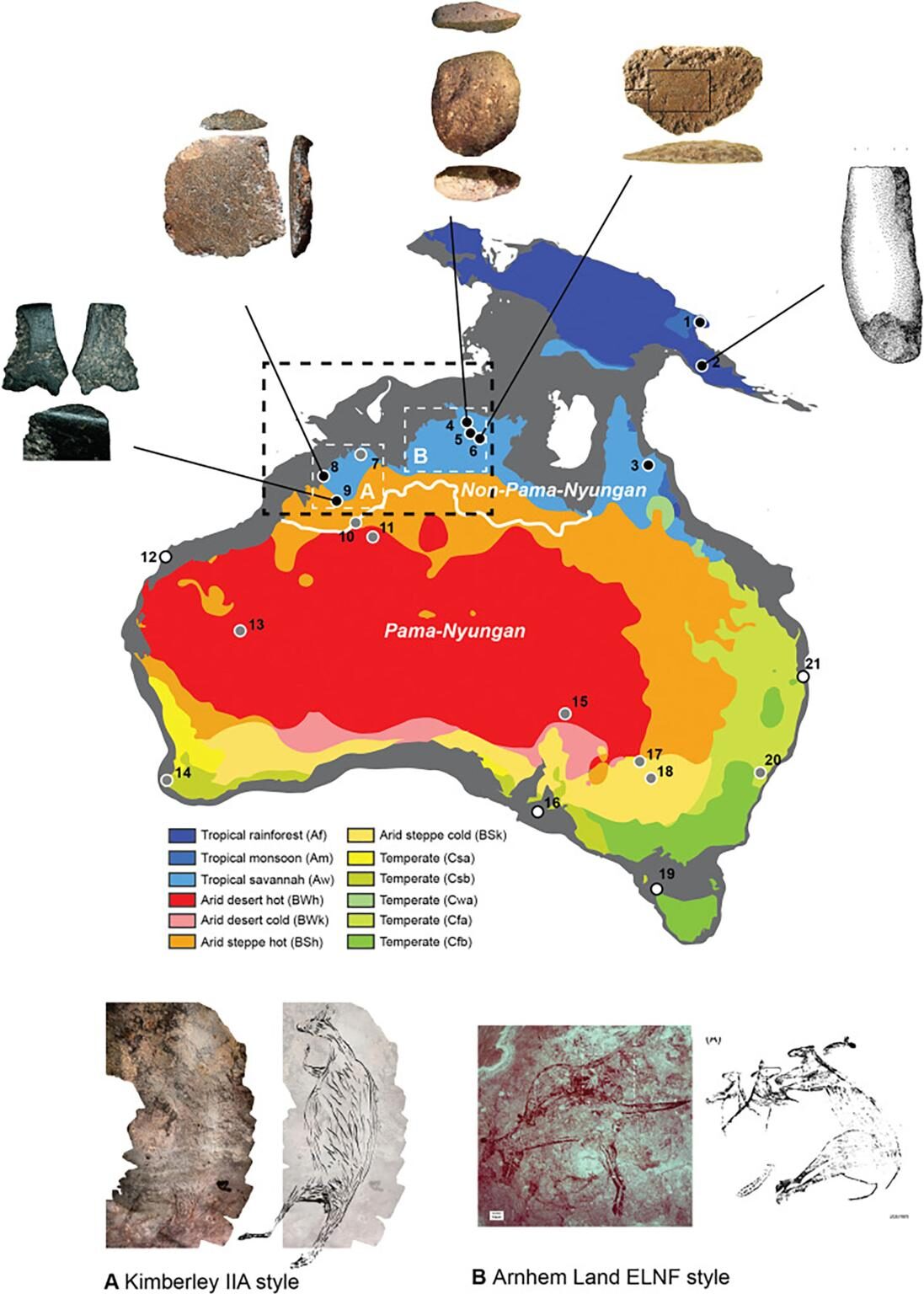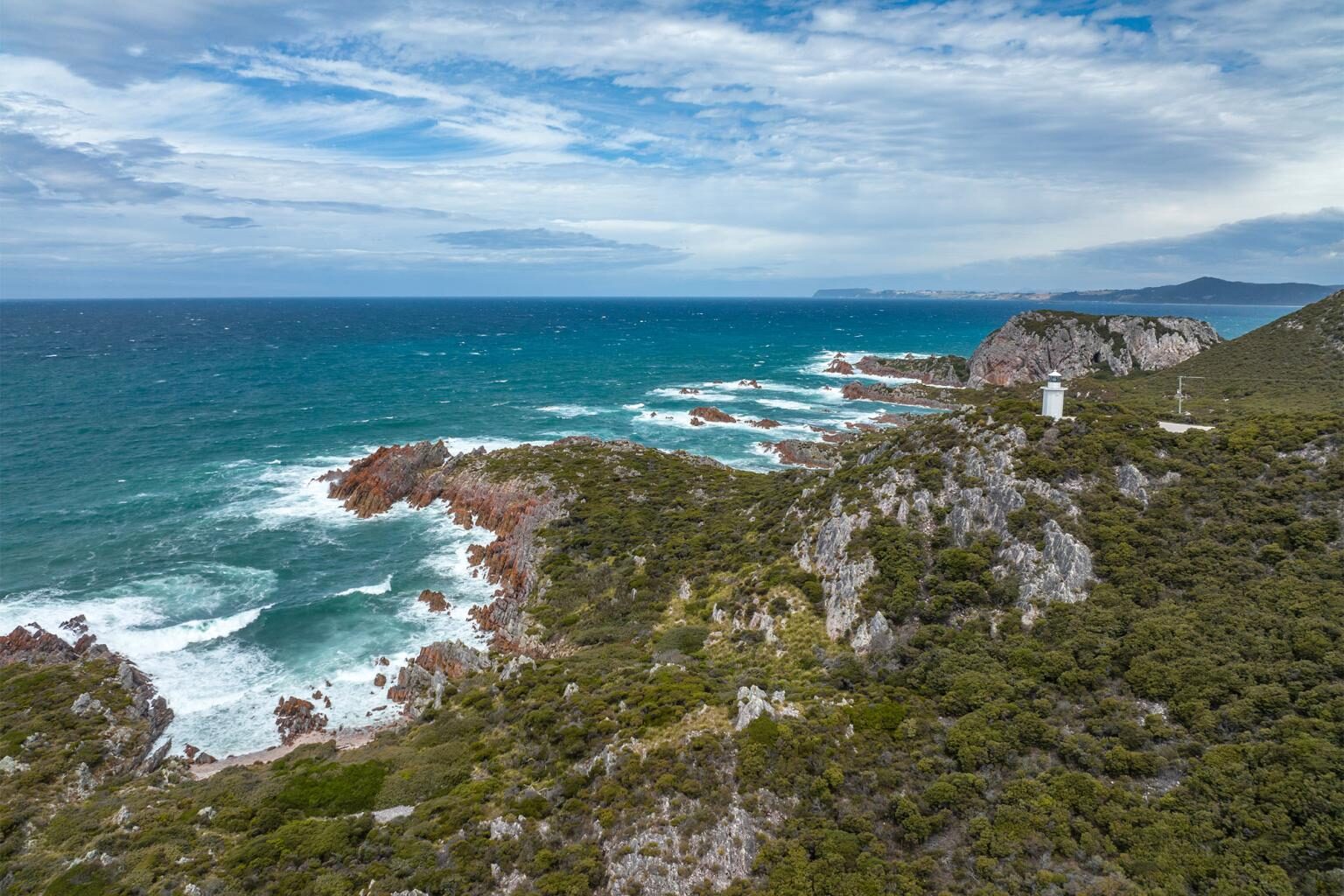Scientists stumbled upon a massive forgotten colony off the coast of Australia that was once home to hundreds of thousands of people.
Various artifacts and signs of human life were discovered on the northwest shelf of Sahul, located off the coast of the northern region of Kimberley on a landmass that connects to New Guinea, according to a study in Quaternary Science Reviews.
The drowned piece of land was likely a thriving ecosystem during the Late Pleistocene period, which dates back as far as 2.5 million years.
The now-submerged landmass was nearly 250,000 square miles — more than 1.6 times the size of the United Kingdom.
The shelf — once thought to be a desert — was filled with habitable fresh and saltwater lakes, rivers and streams, as well as a large inland sea, that could have supported between 50,000 and 500,000 people.
It may have also served as a bridge for people to walk onto Australia before it became the massive island it is known as today.
About half of the shelf drowned between 12,000 and 9,000 years ago during the first of two periods of rapid global sea level rise.
"This likely caused a retreat of human populations, registering as peaks in occupational intensity at archaeological sites," the scientists wrote.
Those who funneled into an archipelago on the shelf would go on to become the "first maritime explorers from Wallacea, creating a familiar environment for their maritime economies to adapt to the vast terrestrial continent of Sahul."

"Now submerged continental margins clearly played an important role in early human expansions across the world," the study states.
"The rise in undersea archaeology in Australia will contribute to a growing worldwide picture of early human migration and the impact of climate change on Late Pleistocene human populations."




The aborigines of Australia: their DNA showed they are most closely-related to the Indians. Just another interesting fact and more evidence that the Vedic culture was the true cradle of civilization, with a philosophy far-advanced beyond the "big pointy rock" pyramid builders.
Krishna city is another great submerged location off the coast of India, which the current corrupt government no longer allows investigation of. Also some amazing temples in India, one intricate one carved DOWN through a giant stone, no longer have public access.